The Polestar 3 has claimed the world record for the longest distance travelled by an electric SUV on one charge, cracking nearly 600 miles in one hit on UK roads.
The new Long Range version of Polestar’s flagship SUV, with a 107kWh battery and a single 295bhp motor on the rear axle, managed 581.3 miles of driving around the east of England. That comfortably beats the 3’s 438-mile official range and smashes the previous record of 569.64 miles, set by the Ford Mustang Mach-E last year.
The distance travelled equates to a final efficiency figure of 19.5kWh per 100 miles, or 5.13mpkWh, which is in line with the official WLTP efficiency figures of some small electric cars weighing around two-thirds as much as the 2.4-tonne 3.
Polestar said the SUV continued for eight miles after the battery charge readout reached 0% and still managed to get to a charger, suggesting it could even have gone slightly farther.

Crucially, the car used for the attempt was completely unmodified – even using the standard Michelin Sport 4 EV tyres – and the attempt was carried out on open public roads, including single-track lanes, dual carriageways and B-roads.
The news comes a week after Chevrolet revealed its new Silverado EV pickup truck had managed a whopping 1060 miles on a single charge, but that was with light modifications in place and took seven days to complete. Furthermore, the Chevy’s 205kWh battery pack is around twice the size of the Polestar’s and it averaged 4.9mpkWh, compared with the Swedish car’s 5.1mpkWh.
The current outright range record for an unmodified electric car, as recognised by Guinness World Records, is held by the Lucid Air. However, the Polestar’s record-chasing run was undertaken in conditions that better reflect real-world driving so is more relevant to consumers, explained Sam Clarke, one of three drivers who piloted the car during the attempt.
“This is a ‘journey’ record, which means that we use public roads, we have to adhere to normal speed limits and we can’t go over the same road twice, so effectively we do one very large loop, as best we can.”
That last requirement presented a significant obstacle, as not only did it become increasingly difficult to avoid previously used roads while remaining on the flat ground needed to maximise range, but it also meant that any late changes to the route could have quashed the team’s chances of setting a record.
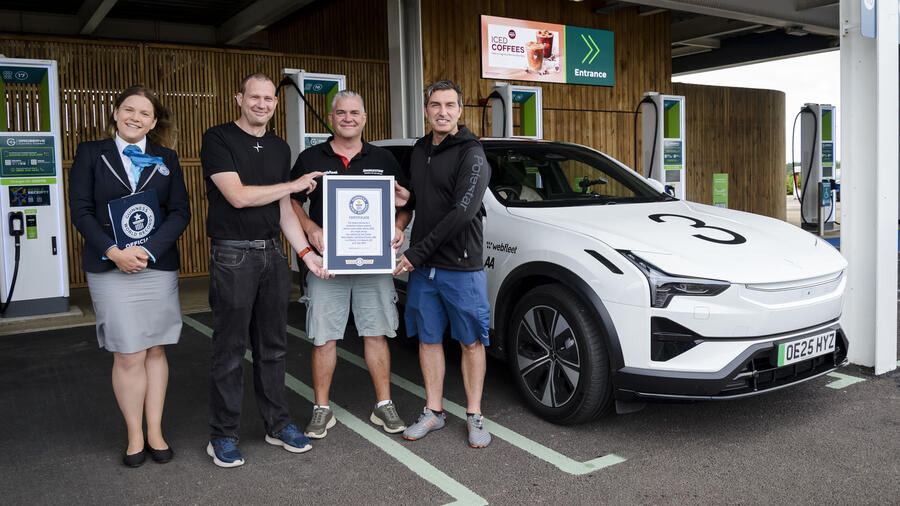
“We did have one particular jeopardy when we got to Melton Mowbray at the very tail end of the run and it turned out there was a cycle race on the next day, so a load of the roads were closed. Every time we tried to change direction, we found another road closure and another road closure...” said Clarke. Fortunately, some quick thinking from the navigator got the team back on a diversion route without having too drastic an impact on remaining range.
Clarke said the journey record is more relevant than the outright range record because “it’s the closest thing to the real world, on proper roads at proper speeds”.
He added: “We’re not suggesting for a second that everybody can achieve the same ranges that we did, but we did exceed the WLTP figures by some margin, so it just shows what’s possible. Driving a little bit more efficiently – which ultimately equates to just moving your right foot a few less millimetres each time – can actually generate significant amounts of range”.
Figures like this, while not necessarily achievable in everyday driving, help to show that “EVs really can go a long way now”, Clarke said, and “the range anxiety phraseology we’ve seen in our industry for many years is rapidly diminishing”.
Clarke, who has taken part in several previous EV record-breaking runs (including the Mustang Mach-E one last year), said range anxiety as a concept is “definitely dying” but “the infrastructure still needs to continue to improve as the technology advances in the vehicles as well”.

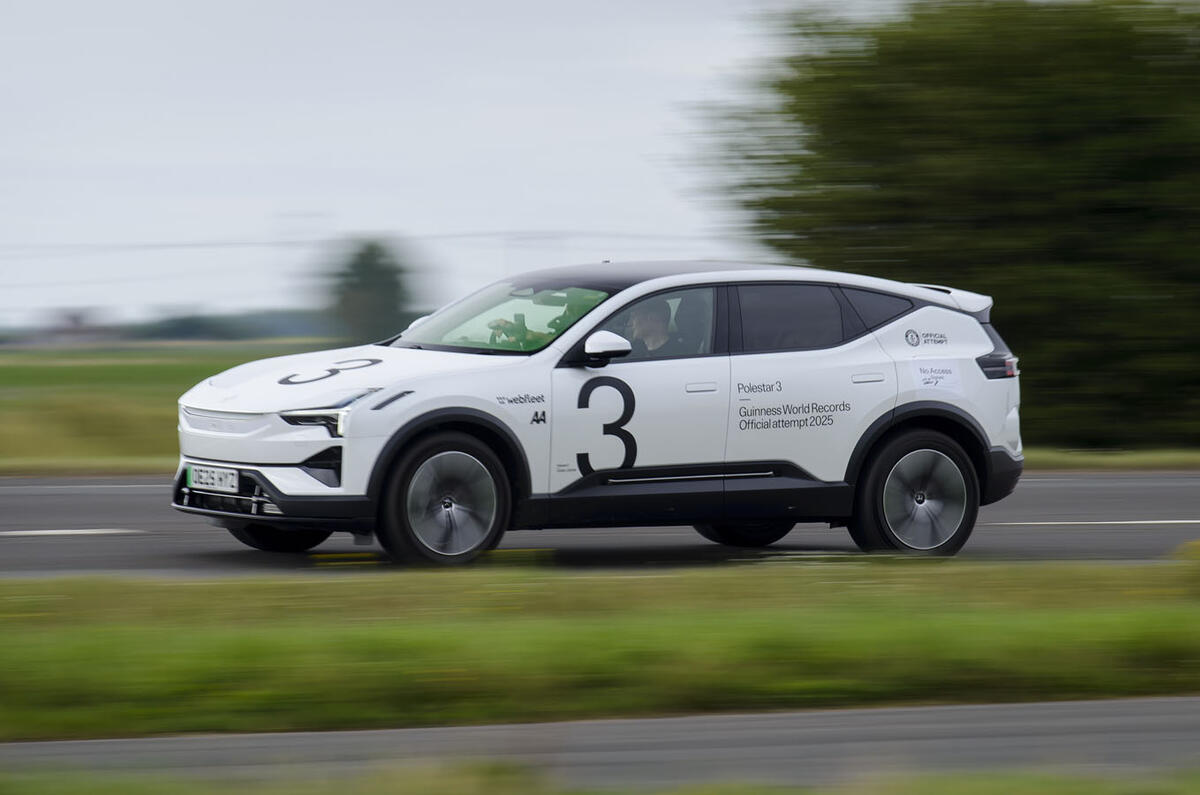
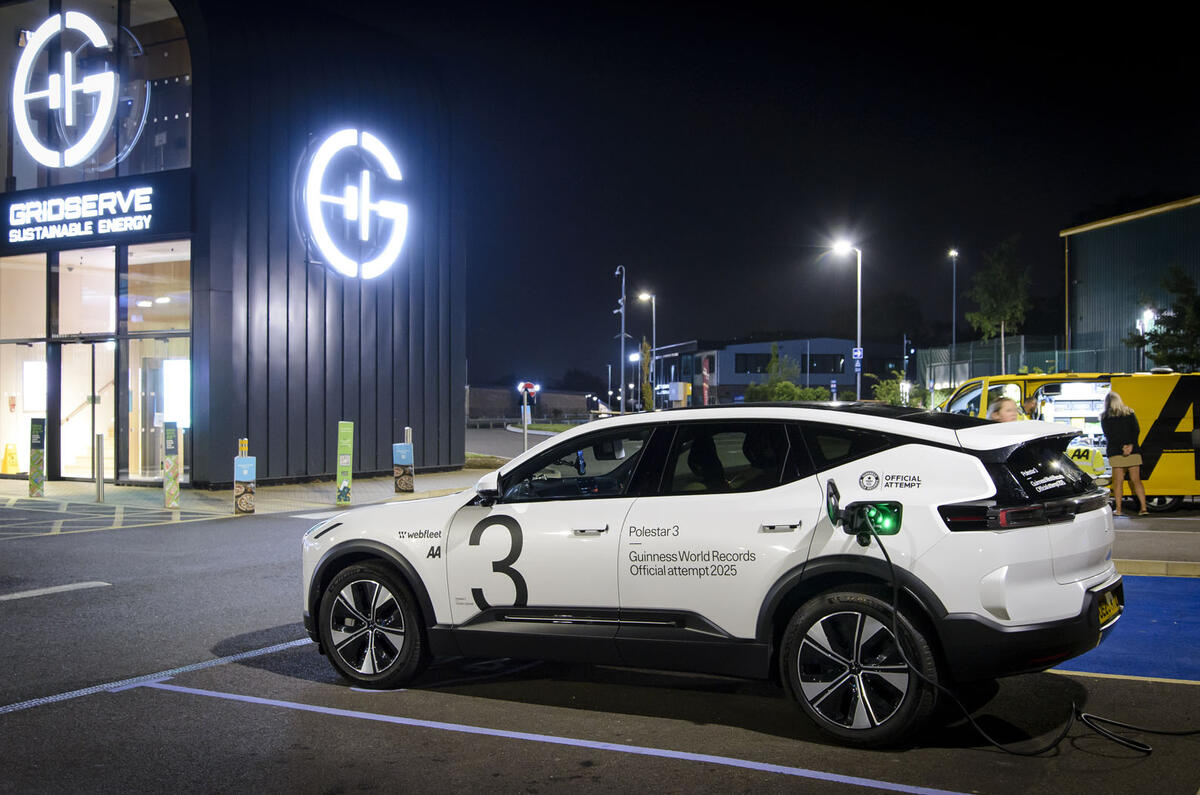
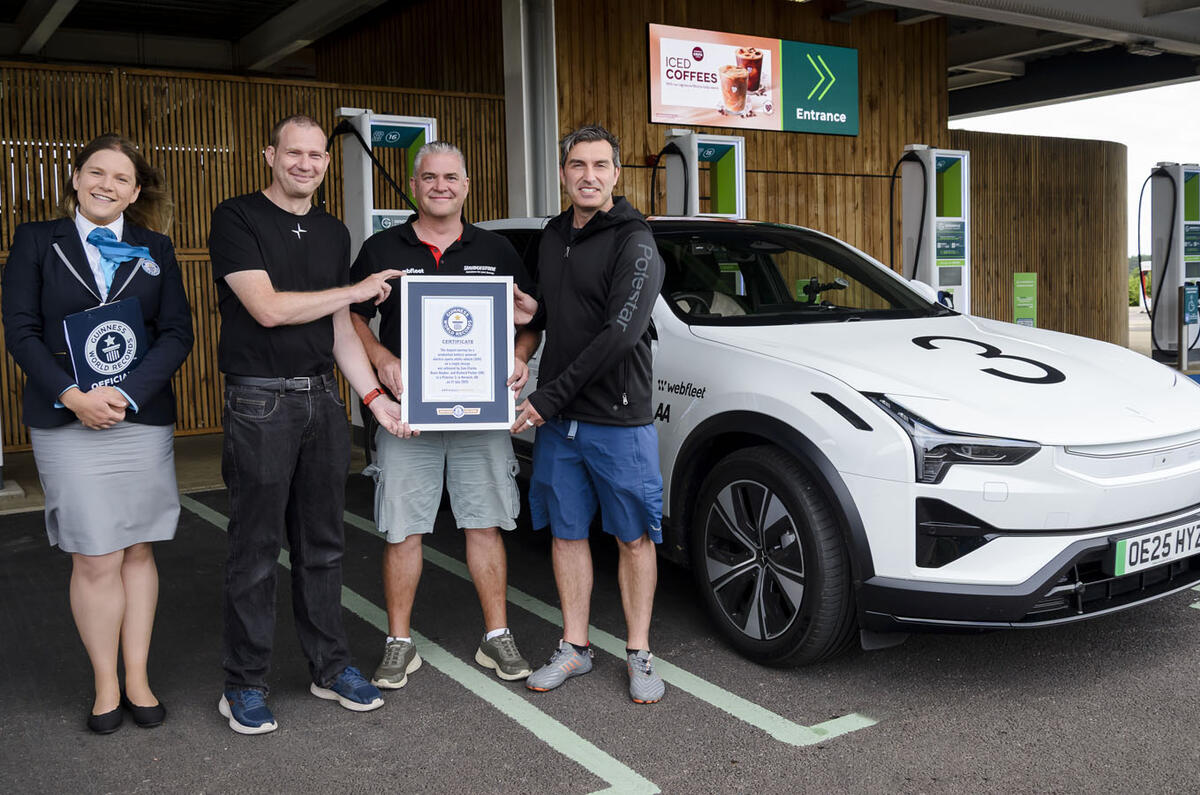
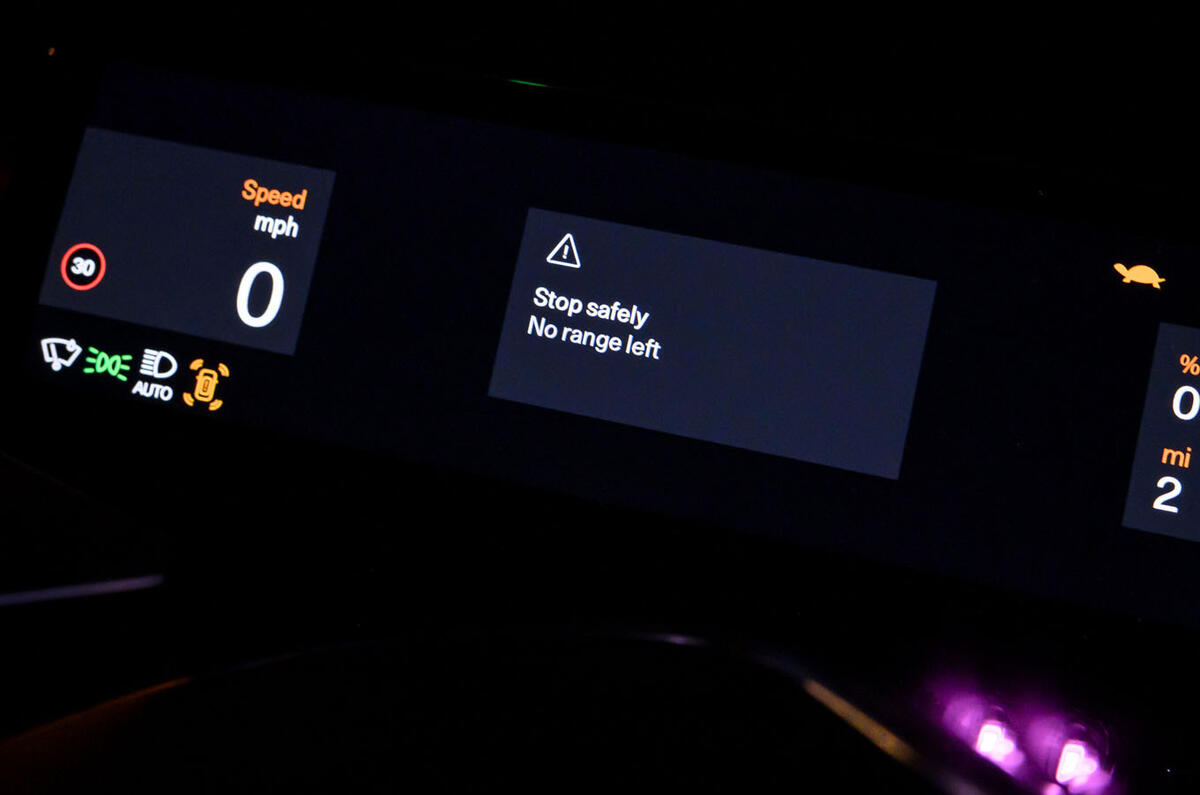
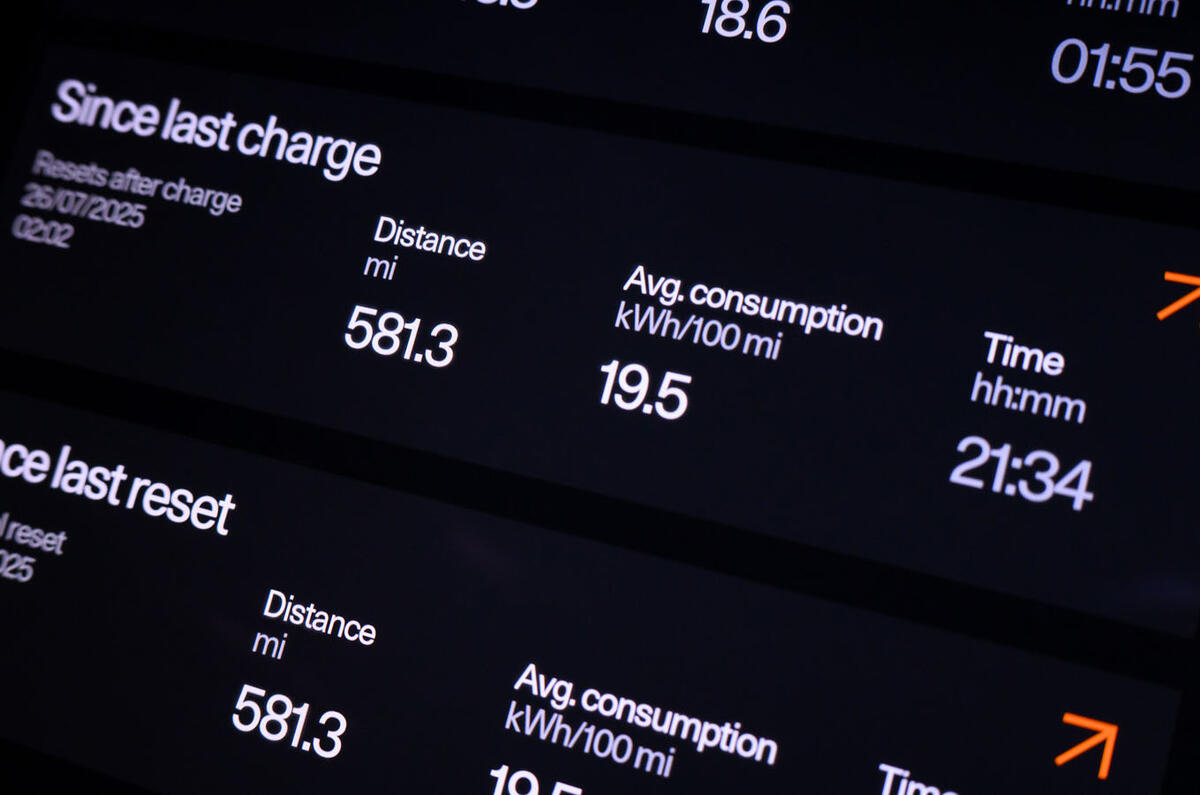
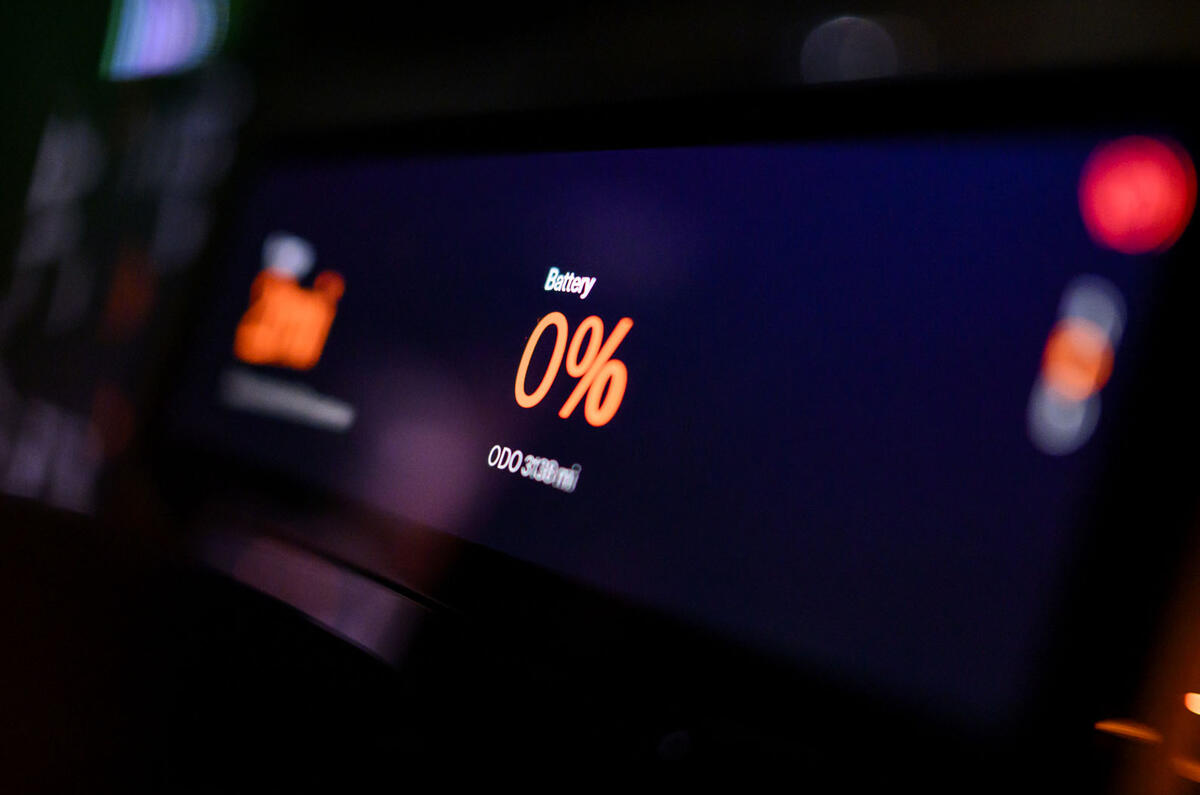

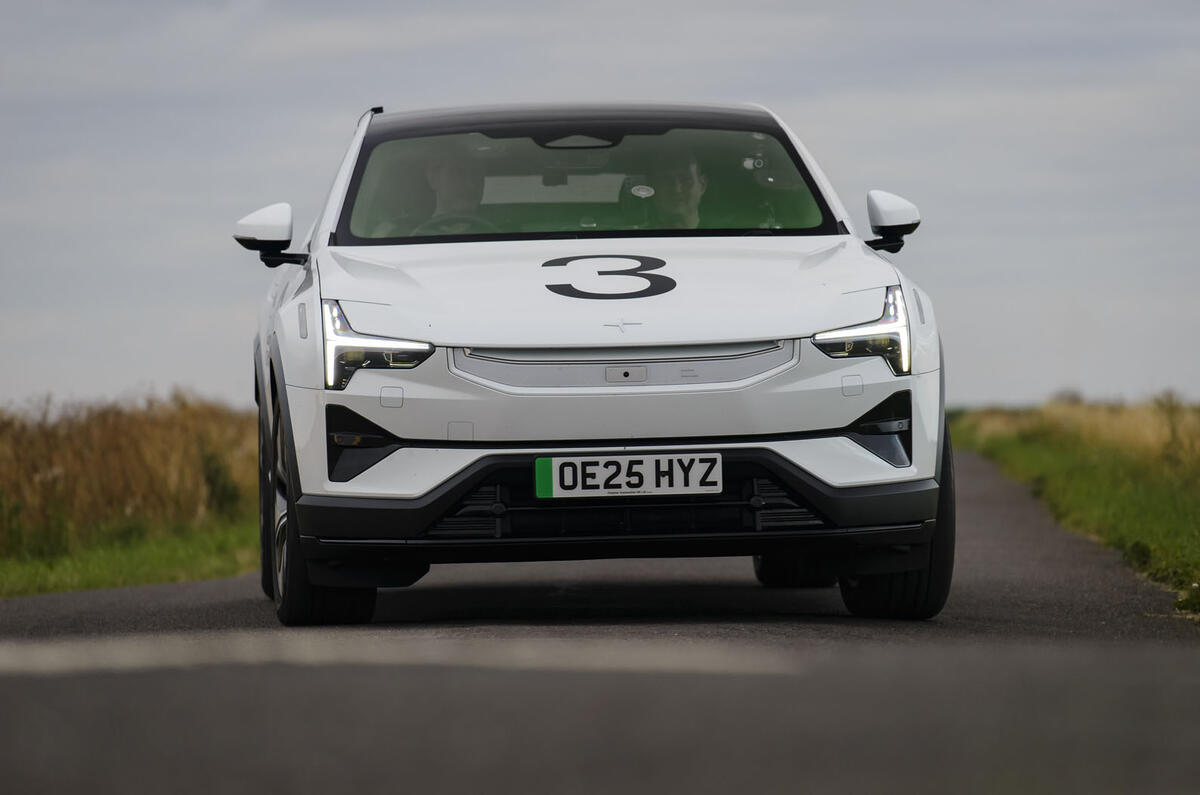
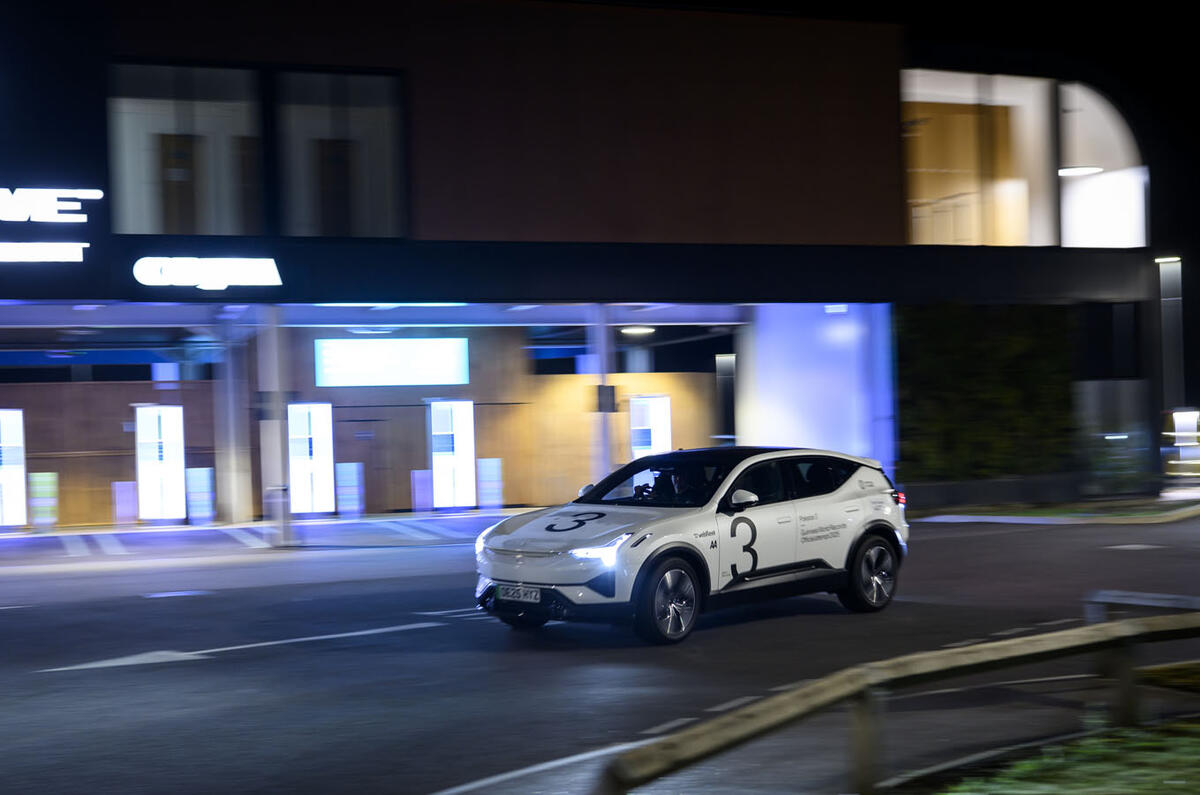
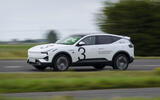
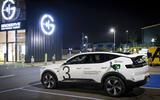

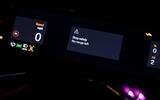
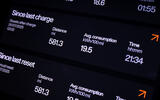
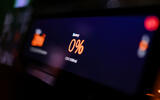
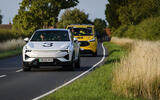
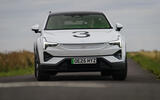
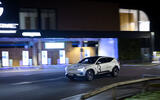






Join the debate
Add your comment
Obviously huge strides are being made - the speed of improvement from a low set bar is deeply impressive. What might be useful would be to set a specific track at somewhere like Milbrook with hills to go up and down and using the long straight at at least 70mph. Far closer to actual driving conditions unless you live in Holland. Also what economy is like at 80 mph which appears to be the normal private car speed on the Mways I drive along.
I wonder what the average speed was and what ancillaries were on?
A small diesel ICE car on a flat track in ideal conditions would do 100mpg, real world 60 - 70, petrol around 30% less.
That's right, there's one significant fact missing from this article - and that is the average speed. And all vehicles can achieve amazing economy provided you are able to drive them slow enough and avoid any braking.
Actually I'd like to see publication like Autocar re-introduce the old fashioned steady state consumption graphs which showed consumption versus speed. These were only stopped because of the difficulty of measurement with modern fuel injection cars, but EVs allow such measurements to be made pretty accurately from their own on board instrumentation.
The average speed is right there, in the picture, you just need to divide the distance by time.
Ah, my bad - I didn't look at the pictures!
But the low average suggests that "cruising speed" was around 30 mph. And that's the point: on most roads it is neither p[ractical or safe to drive at this sort of speed!
But I know from my own EV that fantastic efficiency is possible when pottering around town, even with frequent stop / starts - but the consumption really escalates at higher speeds on open roads. That's one reason I think it's a pity that more effort has not been made to persuade town folk to consider some of the new smaller, cheaper electric cars for local running.
The average speed on uk's national roads is 33mph. Given they travelled for 23h you can assume they took several toilet breaks, so that sounds quite normal.
Took 23 hours so a 25mph average. City speed I suppose.
The national average is 33mph. In 23h they made several toilet breaks one must assume.